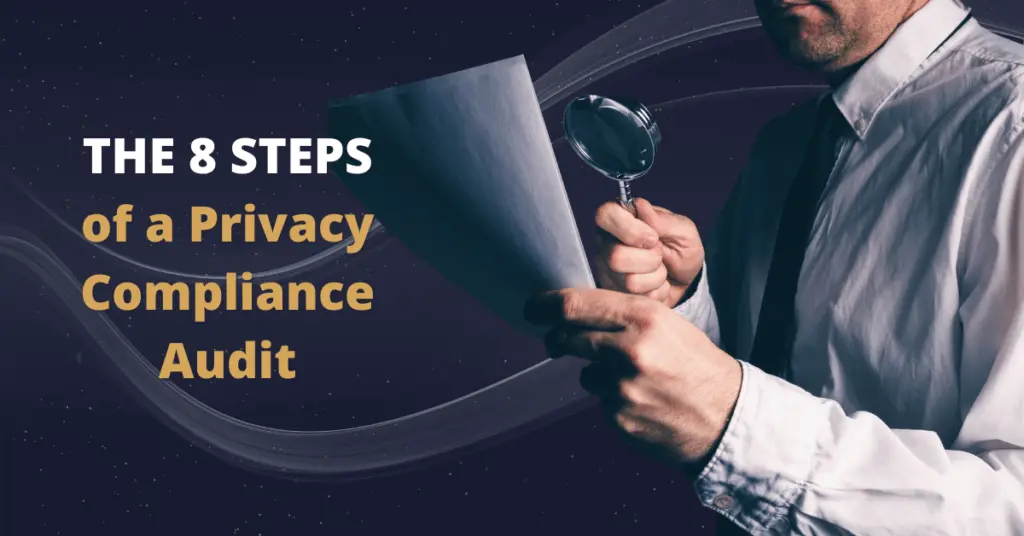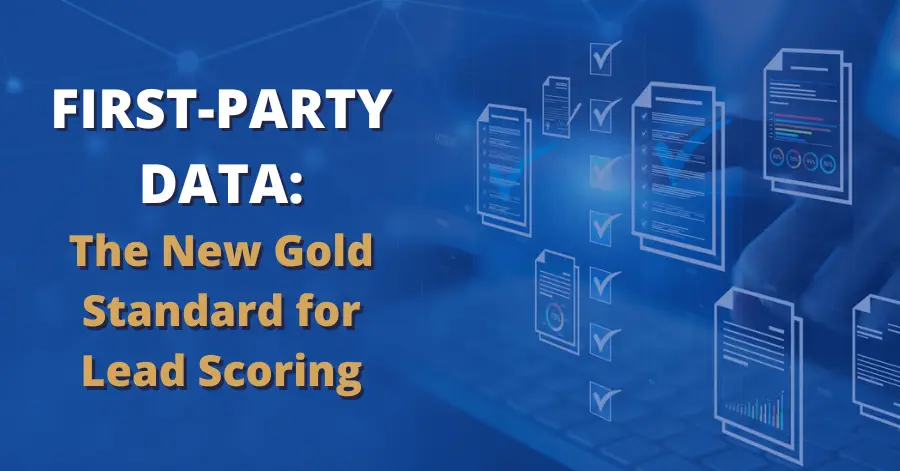The 8 Steps of a Privacy Compliance Audit


In today’s world, privacy compliance is of utmost importance for any organization that collects, processes, and stores personal information of its customers. Governments around the world have implemented strict regulations to safeguard consumer data, and businesses are required to comply with these laws. A privacy compliance audit is a key component of ensuring that a company is meeting these legal requirements.
What is a Privacy Compliance Audit?
A privacy compliance audit is an assessment of an organization’s current level of risk of non-compliance with data privacy laws. This type of audit evaluates a company’s privacy protection policies and procedures and investigates third-party requests to collect and share data, among other things. Government agencies can conduct these audits, but companies can also perform their own internal audits to ensure they are compliant.
Why Should You Conduct a Privacy Compliance Audit?
Conducting an internal privacy compliance audit is important for several reasons. Firstly, it helps a company take control of its privacy protocols and minimizes liability in case of a breach. Secondly, it helps businesses gain their customers’ trust by protecting their personal information. Finally, it ensures that an organization is complying with the latest regulatory requirements and is implementing best practices for data privacy.

The Privacy Compliance Audit Process
Let’s look at the steps of an internal privacy compliance audit:
- Establish context: The first step is to determine which data privacy laws apply to your business. Different jurisdictions have varying regulations, and each law has its own criteria for which businesses it applies to. Once you determine which laws are applicable, you can review your existing policies and procedures to ensure that you are in compliance.
- Determine disclosures: Privacy laws have different disclosure requirements, and it is essential to understand these nuances to determine how to draft or revise your privacy policy. For instance, the GDPR requires a privacy notice to be in a “concise, transparent, intelligible, and easily accessible form,” while the CCPA/CPRA requires businesses to share categories of personal information collected about consumers and why they use this information.
- Take an inventory: Before changing anything, take stock of your current data practices. Identify what data management practices and policies you have, how information is created, received, distributed, used, and maintained, and what records your organization holds.
- Implement the right contracts: Ensure that you have the right contracts in place, especially if you transfer data from one jurisdiction to another. For example, if you transfer data from the EU to the US, you need to have standard contractual clauses according to the GDPR.
- Establish handling of DSARs: Most privacy laws require handling data subject access requests (DSARs). Ensure that your business has a plan in place to handle them when you receive one.
- Ensure engineering is following privacy by design: Every department of the organization should adhere to data privacy regulations, and privacy by design is an engineering principle that emphasizes implementing privacy into your products from the beginning.
- Perform due diligence and ongoing vendor monitoring: Continual monitoring of vendor privacy practices is essential to ensure your organization’s credibility.
- Incorporate feedback: Establishing a feedback loop will help your organization continuously improve its privacy program.
Conclusion
An internal privacy compliance audit is an essential component of ensuring that an organization complies with data privacy regulations. By following the above steps, a company can minimize liability in case of a breach, gain customer trust, and ensure that they are complying with the latest regulatory requirements.
Ready to conduct your own privacy compliance audit and improve your long-term strategy? Contact our team of privacy experts today for help.





